

Winner $500 (USA) and Cover: Neel Sureja
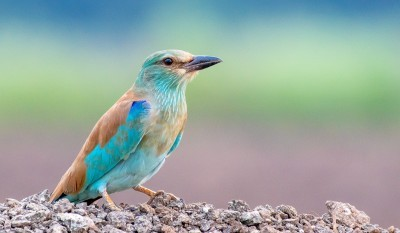
A finalist that will be featured in the calendar - above photo by Neel Sureja
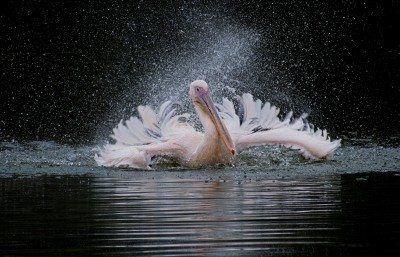
A finalist that will be featured in the calendar - above photo by Neel Sureja
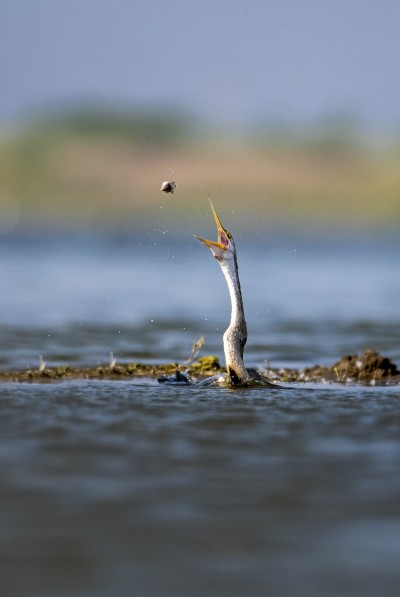
A finalist that will be featured in the calendar - above photo by Neel Sureja
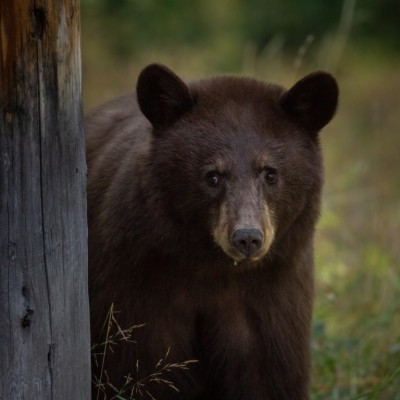
A finalist that will be featured in the calendar - above photo by Trevor LaClair

A finalist that will be featured in the calendar - above photo by Trevor LaClair
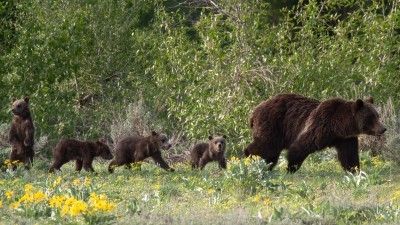
A finalist that will be featured in the calendar - above photo by: Trevor LaClair
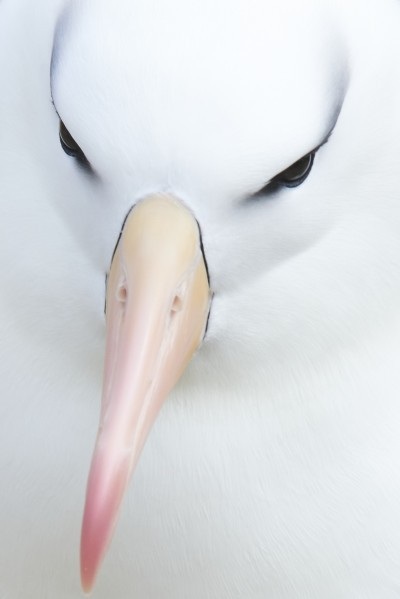
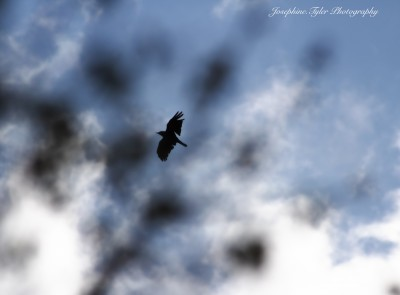
A finalist that will be featured in the calendar - above photo by: Josephine Tyler
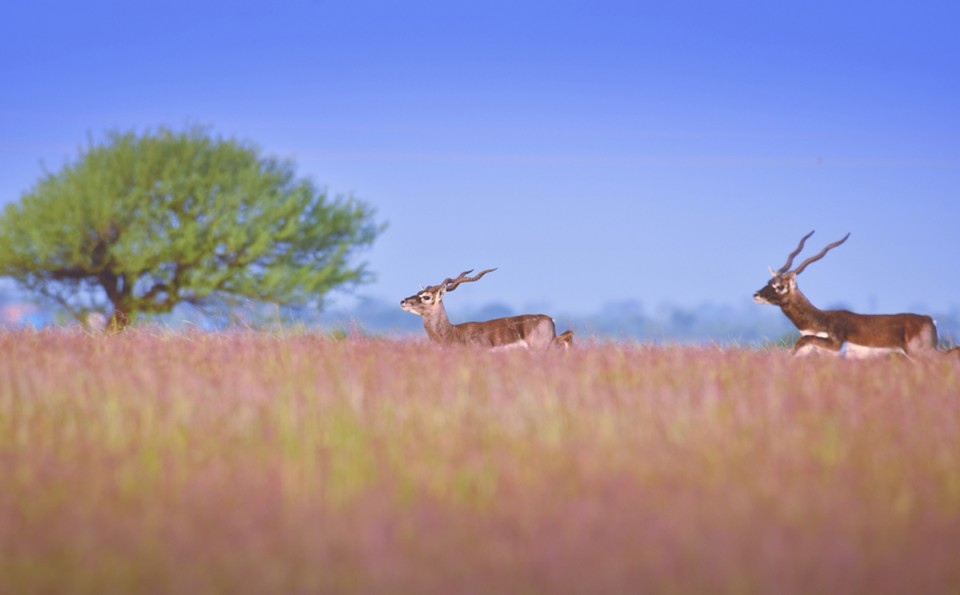
A finalist that will be featured in the calendar - above photo by: Shiva Kumar
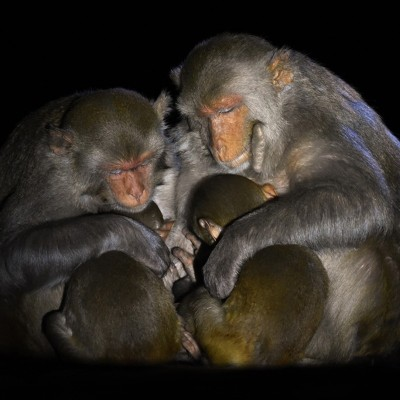
A finalist that will be featured in the calendar - above photo by: Shiva Kumar
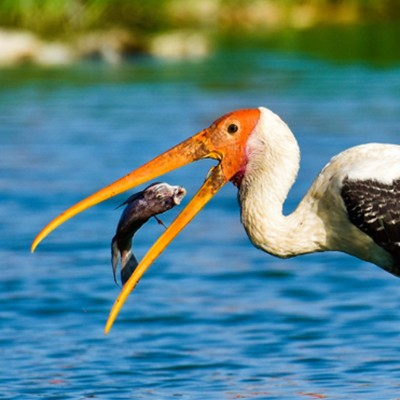
A finalist that will be featured in the calendar - above photo by: Shiva Kumar
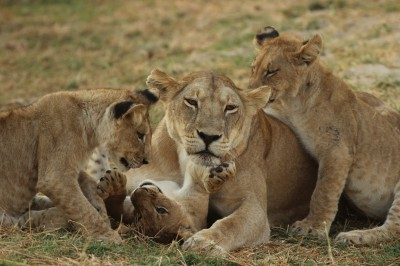
Please take the time to explore and learn more about our winners and their talent.
wildlife-film.com Trevor LaClair
gp-photography.ch Giovanni Pelloni
josephinetylerphotography.co.uk Josephine Tyler
neelsureja.com Neel Sureja
thejungledairy.com Shiva Kumar
interiorsafarisea.com Tumwesugye Elasmus Godfrey
Mojostreaming an online wildlife
network dedicated to bringing our viewers the latest wildlife stories,
entertainment, and opportunity to experience wildlife in its natural state.
The pandemic has dampened our
tourism and the opportunity for people to travel abroad. Mojostreaming wants to bring this experience into
your home.
Tracking the mountain
gorillas through the misty forest (for example) requires patience and stamina
often walking for hours in the mud and wet. Finally meeting them in the
undergrowth is an inspiring moment. Quietly chewing away at their vegetarian
delicacies, they seem like a marooned human family.
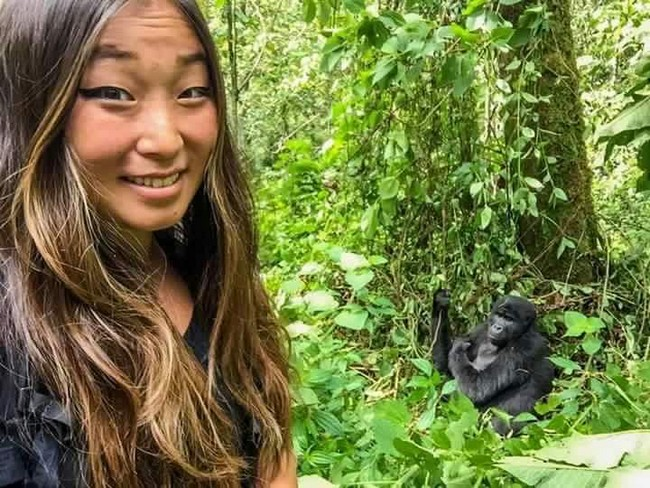
Image provided by Interior Safaris SE - Forest Walk Safaris Collection
Interior Safaris East Africa
tours provide experience, convenience, professional local guides giving you the
highest standards of hospitality with Gorilla and Chimpanzee tracking along
with other tour activities. On May 15th
at 2:00 P.M. EST Mojostreaming will air a 40-minute lecture titled “The
Endangered Apes” with Safari Guide &Tour
consultant:
GODFREY T
ELASMUS,
Director, Interior safaris East Africa,
Safari Guide &Tour consultant
He is an expert and guide for
the Gorilla Safari tour with Interior Safari East Africa
The gorilla permits cost USD
600, it is valid for one day and for one person. There is high demand for the
permits because of the high number of people who track the gorillas. Therefore, obtaining permits well in advance
it recommended but since traveling is not recommended at this time MojoStreaming
will bring a unique online live streaming experience of a 6-hour virtual tour
to track the gorillas right from your home. This will be available exclusively to
Mojostreaming viewers for free on May 22nd at 2:00 Est Time. We invite you to register for both events by
emailing your interest in attending to
Cami Ciotta at cami@mojostreaming.com
You then will receive your free URL
link to attend this unique and educational online event.
Keep in mind we will like for
you to be on time for your lecture “The Endangered Apes” which will begin at
2:00 P.M. on May 15th we suggest you sign on a few minutes BEFORE
2:00.
Even though we suggest
participating in the full 6-hour virtual tour into the safari to track the
gorillas, we understand this may not be possible and you can join the tour at any time during the stream. This will take place beginning at 2:00 P.M. on May 22nd.
Due to our introductory of
our live-streaming channel and introduction of our new services we are offering
both events for free. Please keep in
mind that we are testing our live-streaming program and we want to thank you in
advance for being part of this test.
We kindly ask that you make
a donation and/or tip to your guide at http://interiorsafarisea.com/donate/
and we ask that you become a loyal viewer of MojoStreaming and visit often to
be involved with our upcoming wildlife events at www.mojostreaming.com
MojoStreaming
Wildlife Photo Contest ends May 21, 2021, 11:00 P.M. Est
We are inviting you to submit YOUR photo of wildlife for
a chance to be featured in our promotional calendar The photo we choose for our cover also will receive a $500 cash prize https://www.mojostreaming.com/signup Deadline to submit your photo is May 21, 2021, 11:00 EST Free
to sign up & submit
To kick off our introduction to MojoStreaming, a
Wildlife Community for photographers and filmmakers. We are inviting you to
submit YOUR photo of wildlife for a chance to be featured in our promotional
calendar (a great opportunity to promote your work) The photo we choose for our
cover also will receive $500. It is free to enter and simple to do: Upload your
image by May 21st before 11:00 P.M. EST (National Endangered Species Day) Sign
up & Submit at https://lnkd.in/epesgnf
Once you sign up- all you do is click on the Upload button
and choose the Photo for the calendar album.
PS do not forget to check your spam
folder for an email confirmation.
There is more good news! If your photo is
featured in the calendar - we will send you a free calendar!
ALL entries will be featured on Mojostreaming- a great way to gain additional exposure. To learn
more about us: https://www.mojostreaming.com/static/about
All photos must be original work, taken by the entrants. No
third party may own or control any materials the photo contains, and the photo
must not infringe upon the trademark, copyright, moral rights, intellectual
rights, or rights of privacy of any entity or person.
You
grant to MojoStreaming a non-exclusive, worldwide, royalty-free, sublicensable, and transferable license to use, copy, modify (size), distribute and publish
your photo(s) on our MojoStreaming Website and our Social Media Sites. Your photo(s) may be used for marketing and
promotional purposes. You represent and warrant that you own or have all
necessary rights (including intellectual property rights) to your photo(s)
(including to grant the license above).
Entries
will be judged by the MojoStreaming shareholders. All decisions are final. The Company reserves
the right to disqualify any entry that is deemed inappropriate or does not conform
to stated contest rules.
By
entering the contest, entrants agree that photos submitted can be used by the MojoStreaming
are for marketing purposes and may be featured in our promotional 18-month
calendar.
Submissions
will not be accepted once the deadline lapses: (May 21, 2021, 11:00 p.m. EST)
The
winner will be contacted via the email address sometime between June 1 -4th
provided during entry. If no response is received after five business days, a new winner will be selected, and the previous winner will forfeit all rights to
the prize.
We
will also contact all entries that will be featured in the calendar via the email
address sometime between June-1-4th provided during entry. At this time, we will ask that you provide us
further information about you, and more information about your photography
business/hobby. We will want to feature
information about you and your work so our customers can learn more about the
work you do.
If
you have any questions, please contact Cami Ciotta at cami@mojostreaming.com
